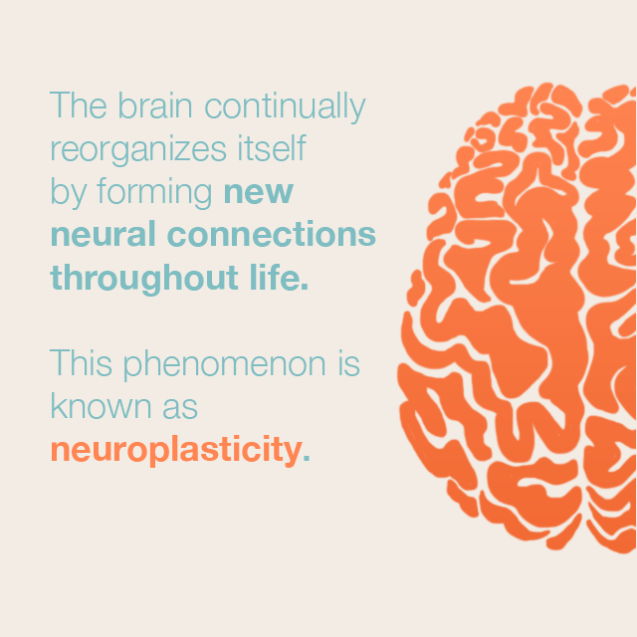
Stress relieving meditation has many benefits. It can help you manage your emotions and prepare you for a new task. It is simple to do and you don't have to pay anything. These are some of the ways you can get started. Once you know the basics, the exercise can be done anywhere. Meditation can be done anywhere, even if you aren't at home.
Meditation that relieves stress is possible only if you are able to focus. Close your eyes and concentrate on your breath. Counting how many times you breathe can help you stay focused and prevent mind wandering. In addition, imagery has become popular in meditation, which helps you focus on a pleasant image and release the stress. Many people enjoy listening to music to aid their focus. You can also listen to nature sounds using the same techniques. This will teach you how to relax and control your thoughts.

You should find a peaceful place to meditate in order to relieve stress. Close your eyes and make sure you have enough space. To do this, you don't have to be religious or mystic. You can practice it anywhere you want, even during your day. Try to practice at least 10 minutes per day in order to be the most effective. To see results, you don't necessarily have to practice for hours.
Mindfulness is the first step to stress relief. Learning mindfulness meditation is a great way to reduce stress and improve your ability to handle stressful situations. By practicing mindfulness meditation, you can increase your inner strength and manage your emotions. A regular meditation practice is the best way to do this. It can be as simple as setting aside ten or 20 minutes each day. As with any other type of exercise, you'll need to find a comfortable environment and an undisturbed space where you can practice this method.
Mindfulness meditation is an effective way to reduce stress. You can also develop compassion for others through mindfulness meditation. You can also develop gratitude and compassion. The practice of mindfulness meditation can help you create positive habits that are important for your health and well-being. You will also be able to deal with your emotions better. It can be difficult to know where to start if you don't know how. There are many books as well as audio programs on the subject.

Meditation can help you relax and improve your overall health. The best meditation techniques can help you concentrate and improve mental health. The key is to find a method that works for you and is proven to work. You can find free resources online that will help you learn how to meditate. You'll be glad that it was! Go out and practice mindfulness. It is worth it. You'll be grateful later.
FAQ
How much should I weight for my height and age? BMI calculator & chart
Calculating your body mass index (BMI), is the best method to calculate how much weight to lose. A healthy BMI range should be between 18.5 and 24,000. To lose weight, you should aim for a loss of 10 pounds per year. To calculate your BMI, simply enter your height and weight into the BMI calculator.
This BMI chart shows you if it is possible to identify if you are either overweight or obese.
What's the problem in BMI?
BMI stands to Body Mass Index. It is a measurement of body weight based on height. The following formula can be used to calculate BMI.
Add weight in kilograms to height in meters squared.
The score is expressed as a number between 0 and 25. A score greater than 18.5 is considered overweight. A score greater than 23 is considered obese.
A person who weighs 100 kilograms and is 1.75m tall will have an BMI of 22.
What is the working principle of an antibiotic?
Antibiotics are drugs that destroy harmful bacteria. Antibiotics are used to treat bacterial infections. There are many different types of antibiotics. Some are given orally, while some are injected. Other antibiotics are applied topically.
Many people who have been exposed can be prescribed antibiotics. An oral antibiotic might be prescribed to someone who has been exposed to chicken pox. This will prevent the spread of shingles. Or, if someone has had strep throat, he or she might receive an injection of penicillin to help prevent pneumonia.
A doctor should give antibiotics to children. Side effects of antibiotics can be more dangerous for children than for adults.
The most common side effect of antibiotics is diarrhea. Side effects of antibiotics include diarrhea, stomach cramps and nausea. These side effects usually disappear once treatment has ended.
What are the ten best foods to eat in America?
These are the 10 best foods to try:
-
Avocados
-
Berries
-
Broccoli
-
Cauliflower
-
Eggs
-
Fish
-
Grains
-
Nuts
-
Oats
-
Salmon
What's the best diet?
Your lifestyle and individual needs will determine the best diet for your body. Consider how much energy and low-calorie foods you consume, as well as whether or not you are a fan of fruits and vegetables.
Intermittent fasting may be a good choice if you want to lose weight. Intermittent fasting is a way to eat only certain meals during the day instead of three large meals. You may find that this method works better for you than traditional diets that include daily calorie counts.
Intermittent fasting has been shown to improve insulin sensitivity, reduce inflammation and lower the risk of developing diabetes. Intermittent fasting has been shown to promote fat loss as well as improve overall body composition.
How do you measure body fat?
A Body Fat Analyzer is the best way to measure body weight. These devices can be used to measure body fat percentages in people who are trying to lose weight.
Statistics
- Extra virgin olive oil may benefit heart health, as people who consume it have a lower risk for dying from heart attacks and strokes according to some evidence (57Trusted Source (healthline.com)
- The Dietary Guidelines for Americans recommend keeping added sugar intake below 10% of your daily calorie intake, while the World Health Organization recommends slashing added sugars to 5% or less of your daily calories for optimal health (59Trusted (healthline.com)
- In both adults and children, the intake of free sugars should be reduced to less than 10% of total energy intake. (who.int)
- According to the 2020 Dietary Guidelines for Americans, a balanced diet high in fruits and vegetables, lean protein, low-fat dairy and whole grains is needed for optimal energy. (mayoclinichealthsystem.org)
External Links
How To
What does the "vitamins” word mean?
Vitamins can be described as organic compounds found in food. Vitamins allow us to absorb nutrients from food. Vitamins are not made by the body, so they must be obtained through food.
There are two types if vitamins: water soluble, and fat soluble. Water-soluble vitamins dissolve in water easily. Some examples include vitamin C,B1 and B2 vitamins (thiamine), B2 and riboflavin, B3 and B6 vitamins (niacin), folic acids, biotin, pantothenic acids, and cholesterol. The liver and fatty tissues are home to fat-soluble vitamins. Some examples include vitamin D and E, K, A and beta carotene.
Vitamins can be classified according to biological activity. There are eight major types of vitamins:
-
A - essential for normal growth and maintenance of health.
-
C - important for proper nerve function and energy production.
-
D - essential for healthy bones, teeth, and gums.
-
E is needed for good reproduction and vision.
-
K – Required for healthy nerves & muscles.
-
P - essential for strong bones, teeth and tendons
-
Q - aids digestion, absorption and absorption iron
-
R - Red blood cells are made from red blood cells.
The recommended daily allowance for vitamins (RDA) varies based on gender, age, and physical conditions. The U.S. Food and Drug Administration sets RDA values.
For adults 19 years and over, the RDA of vitamin A is 400mg per day. Pregnant mothers need 600 micrograms per days because it is vital for the development and growth of their baby. Children ages 1-8 require 900 micrograms per day. For infants younger than one year, 700 micrograms are required daily. However, this number drops to 500 micrograms each day for children aged 9-12 months.
Children between the ages 1--18 years old who are overweight or obese require 800 micrograms per Day, while those who are overweight or obese need 1000 micrograms. To meet their nutritional needs, children underweight and obese require 1200 micrograms a day.
Children 4-8 years old who have anemia must consume 2200 micrograms of Vitamin C daily.
2000 micrograms is the minimum daily intake for adults over 50 years old to maintain good health. Women who are pregnant or breastfeeding need 3000 micrograms per day due to increased nutrient requirements.
Adults over 70 require 1500 micrograms each day, since they lose around 10% of their muscle mass every decade.
Women who have been pregnant or are lactating require more than the RDA. Pregnant women require 4000 micrograms daily during pregnancy, and 2500 micrograms every day after birth. Breastfeeding moms need 5000 micrograms each day when breastmilk production occurs.